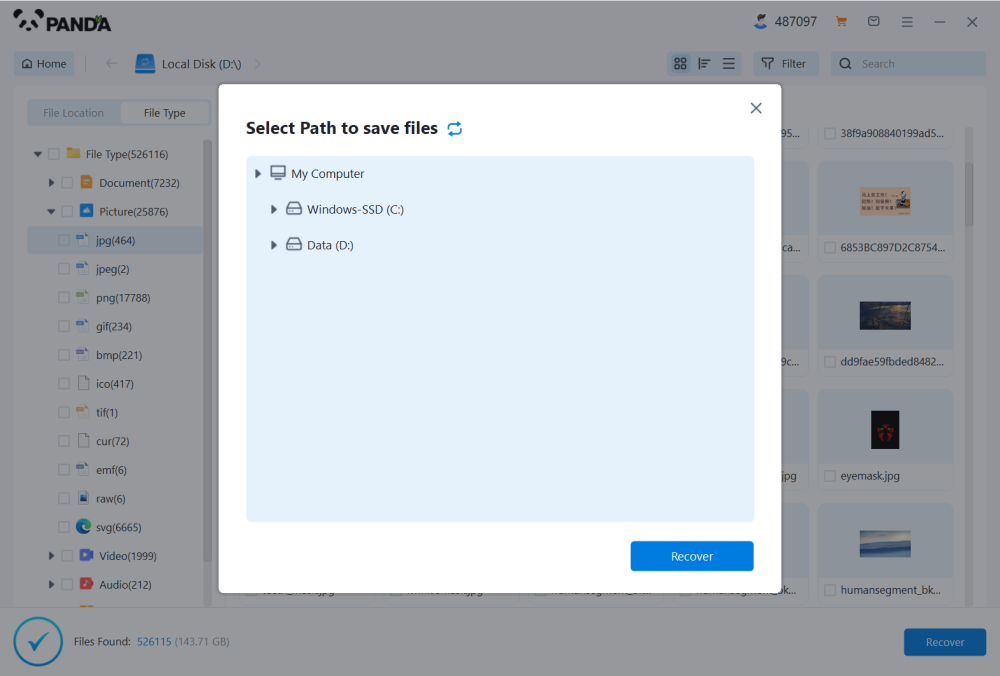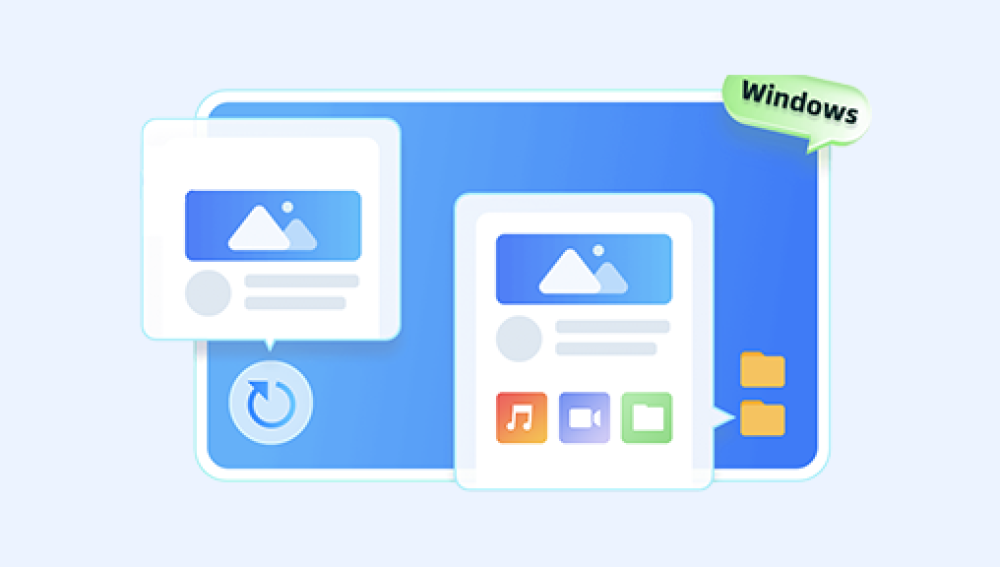When a file is deleted from a shared folder, it doesn’t necessarily disappear immediately:
On Network Drives: The file may move to a temporary location like the Recycle Bin (if enabled on the server).
On Cloud Services: Deleted files often go to a trash or recovery folder, where they remain for a certain retention period.
Local Shared Folders: In some cases, deleted files may still be recoverable using recovery software if the data hasn’t been overwritten.
The recovery process largely depends on the operating system, the folder's setup, and the tools available.
Step 1: Check the Recycle Bin or Trash Folder
Deleted files from shared folders often end up in the Recycle Bin or Trash folder of the system where the deletion occurred.

Windows
Access the Recycle Bin:
Open the Recycle Bin on your desktop.
Look for the deleted file.
If found, right-click and choose Restore to return it to its original location.
Check the Network Settings:
Some shared folders hosted on servers may have a separate Recycle Bin.
Contact your network administrator to verify.
macOS
Access Trash:
Open the Trash icon in the Dock.
Locate the deleted file.
Drag it back to the shared folder or right-click and choose Put Back.
Time Machine Backup:
If enabled, use Time Machine to restore previous versions of the file (covered in Step 5).
Step 2: Recover Files Using Cloud Services’ Built-In Recovery Tools
If the shared folder is hosted on a cloud service like Google Drive, Dropbox, or OneDrive, use their built-in recovery features.
Google Drive
Open Google Drive: Go to Google Drive.
Check Trash:
Click Trash in the left-hand menu.
Locate the deleted file.
Right-click and choose Restore.
Admin Support:
If the file isn’t in the Trash, contact the Google Workspace administrator. Deleted files may still be recoverable from the admin console for a limited time.
Dropbox
Access File Recovery:
Log in to Dropbox and navigate to the shared folder.
Click the three dots next to the folder name and select Deleted Files.
Restore:
Locate the deleted file.
Select it and click Restore to recover the file.
Version History:
Use the Version History feature to restore an earlier version of the file if it was overwritten.
OneDrive
Check the Recycle Bin:
Open OneDrive online or through the app.
Go to the Recycle Bin.
Locate and restore the deleted file.
Admin Console:
If you’re part of a business or educational account, contact your admin for extended recovery options.
Step 3: Restore from Previous Versions (Windows or macOS)
If your shared folder is hosted on a server or local system, you may be able to restore previous versions of the folder or file.
Windows
Right-Click the Folder:
Navigate to the shared folder location.
Right-click the folder and select Properties.
Access Previous Versions:
Go to the Previous Versions tab.
Select a snapshot of the folder taken before the file was deleted.
Click Restore or open the version to manually recover the file.
macOS with Time Machine
Connect the Backup Drive:
Ensure your Time Machine backup drive is connected.
Open Time Machine:
Navigate to the shared folder location.
Launch Time Machine from the menu bar.
Locate and Restore:
Browse through the timeline to find the deleted file.
Select and restore the file.
Step 4: Use Third-Party Data Recovery Software
If the file isn’t recoverable through built-in tools, data recovery software may help retrieve it.
Popular Tools for File Recovery
Recuva (Windows)
Install Recuva and launch it.
Select the shared folder or network drive as the scan location.
Follow the on-screen instructions to recover the file.
Disk Drill (Windows/Mac)
Install Disk Drill and choose the drive or folder containing the shared folder.
Run a scan and preview the recoverable files.
Select the desired file and click Recover.
R-Studio or EaseUS Data Recovery Wizard (Advanced Users)
These tools are particularly effective for network drives or RAID setups.
Configure the tool to scan the shared folder or connected server.
Step 5: Recover Files from Backups
Regular backups ensure a safety net for deleted files. If your shared folder is part of a backup routine, restoring it from the backup may be your best option.
Windows Backup
Open Backup Settings:
Go to Control Panel > System and Security > Backup and Restore (Windows 7).
Restore Files:
Click Restore my files and follow the wizard.
Server Backups
Check with the IT Department:
Many organizations back up shared folders on a daily or weekly basis.
Restore from Server Software:
Request restoration from tools like Veeam, Acronis, or Windows Server Backup.
Cloud Service Backups
If your shared folder is synced with cloud backup services like Backblaze or Carbonite, use their recovery interface to restore deleted files.
Step 6: Utilize Network Administrator Tools
For files hosted on corporate or institutional servers, network administrators often have advanced tools to recover deleted files.
Shadow Copy on Windows Servers:
Administrators can use Volume Shadow Copy to restore shared folder snapshots.
RAID Configuration Recovery:
If the shared folder is part of a RAID setup, administrators may rebuild or access lost files using specialized tools.
Step 7: Prevent Future File Loss
Once you’ve successfully recovered your file, take steps to prevent future losses:
Enable Recycle Bin for Network Drives: Configure shared folders to have a Recycle Bin.
Implement Versioning: Use systems like SharePoint or Google Drive with file versioning enabled.
Schedule Regular Backups: Automate backups for critical shared folders.
Educate Users: Train team members on file management and recovery procedures.




